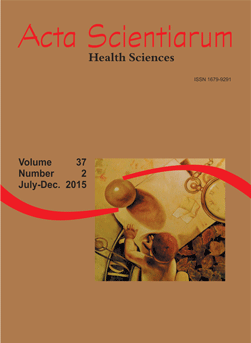<b>Static and dynamic impairment following stroke reflecting hemispheric asymmetry for postural control
Abstract
This paper evaluates whether there is a relationship between postural control and hemispheric asymmetry following a stroke. Twenty right or left brain-damage patients and ten healthy control subjects were included in this study. The static (weight symmetry) and dynamic posture (velocity, maximal excursion and the directional control of the center of mass) were analyzed by quantitative posturography. Factors such as clinical neurological assessment, postural skills, muscle strength, spasticity, sensitivity and hemineglect were also collected. Results showed that in static posture, right-brain-damaged patients had worse performance. In the dynamic tests, left-brain-damaged patients were selectively impaired on maximal excursion and the directional control of the center of mass, while right-brain-damaged patients were more impaired on movement velocity. The results show specific mechanisms for modulating posture depending on the damaged side. These findings support the idea that each hemisphere contributes differently to static and dynamic postural control.
Downloads
DECLARATION OF ORIGINALITY AND COPYRIGHTS
I Declare that current article is original and has not been submitted for publication, in part or in whole, to any other national or international journal.
The copyrights belong exclusively to the authors. Published content is licensed under Creative Commons Attribution 4.0 (CC BY 4.0) guidelines, which allows sharing (copy and distribution of the material in any medium or format) and adaptation (remix, transform, and build upon the material) for any purpose, even commercially, under the terms of attribution.
Read this link for further information on how to use CC BY 4.0 properly.























5.png)







